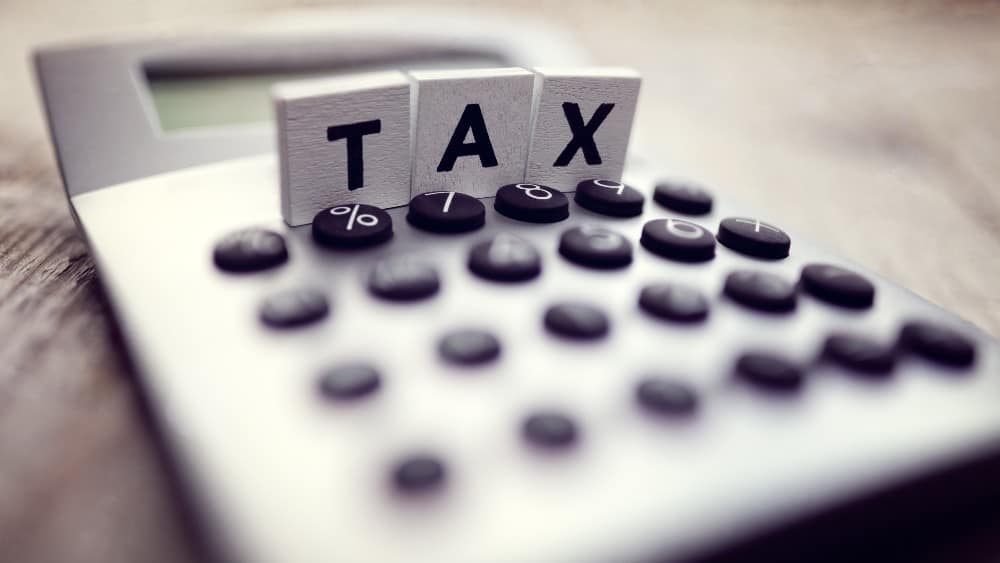
When it comes to your 2022 taxes, that is, taxes you’ll file in 2023, you might feel optimistic about your time. You have a whole year, you might think; what’s the sense in worrying about in January?
But the truth is, the sooner you start planning your 2022 taxes, the less likely you’ll miss out on key tax saving strategies, such as RRSP contributions and tax-loss harvesting. So, with the new year upon us, here are three ways you can start cutting your 2022 tax liability.
1. Contribution the maximum to your RRSP
Perhaps the best way to reduce your taxable income, while also contributing to your future, is to sock a tonne of cash in your RRSP, ideally the maximum possible.
Why? Well, for one, you can contribute 18% of last year’s earned income (or a maximum of $29,210 for 2022, whichever is less) into your RRSP. For a household that earns $70,000, for instance, you could contribute $12,600 per year, or around $1,050 per month.
Whatever you contribute to your RRSP, you can deduct from your taxable income. Again, if you earned $70,000 and contributed $12,600 to your RRSP, you could reduce your taxable income to $57,400 (and that’s not even taking into account other deductions). Depending on how much you make, you could potentially put yourself in a lower tax bracket.
2. Balance investment earnings with losses
Next, take a look at your losing investments — you know, those stocks or funds that are clearly not going anywhere — and consider selling them for a loss.
“Whoa, whoa,” you might think. “Isn’t that unwise? Shouldn’t you hold on to your stocks for the long run?”
Well, yes, if you believe in the company behind the stock. But if the company is failing, or if it hasn’t succeeded in the way you hoped, it might be time to sell your stocks, even if it does incur loss.
In Canada, you can apply investment losses against investment gains, helping you lower (or eradicate completely) taxed owed for capital gains. What’s more — once you incur a loss, you can carry it forward indefinitely, or you can apply it against capital gains from the last three tax years.
For example, if you had a capital loss of $6,000 this year, along with a $4,000 capital gain two years before, you could apply the $6,000 against the $4,000 gain on your tax filing. After you cover the $4,000, you’d still have $2,000 left for any capital gains you incur in the future.
If you had capital gains in 2021, and you didn’t use your capital losses to cover them, you could sell those losing stocks this year and get a refund in 2023.
3. Be wise about using crypto to buy things
Unfortunately, when you use cryptocurrency to buy something, whether it’s a new car or a cup of coffee, you might be responsible for capital gains taxes.
Like other investments, this is only the case if you sell your crypto shares for an amount that’s higher than the one you originally paid. For example, let’s say you bought Bitcoin at $10,000. Between the time you first bought Bitcoin and now, your crypto has grown to $50,000 (lucky you). You’ve now made $40,000 on your investment, which the CRA considers a capital gain.
If you were then to buy $50,000 of stuff during 2022, you would have to pay capital gains taxes on your earnings ($40,000) at your marginal tax rate. Depending on how much income you earn, that could be a hefty tax bill.
If you want to keep your 2022 taxes low, just be wise about using your crypto to buy goods.
Foolish bottom line
In addition to these, you can plan to reduce your taxable income with property taxes (or rental payments), childcare expenses, and even eligible business or self-employment expenses. Perhaps the best thing to do is talk to a tax pro about reducing your 2022 tax liability. Who knows? They may have some tricks that will cut your tax bill further, helping you keep more of your hard-earned cash.






